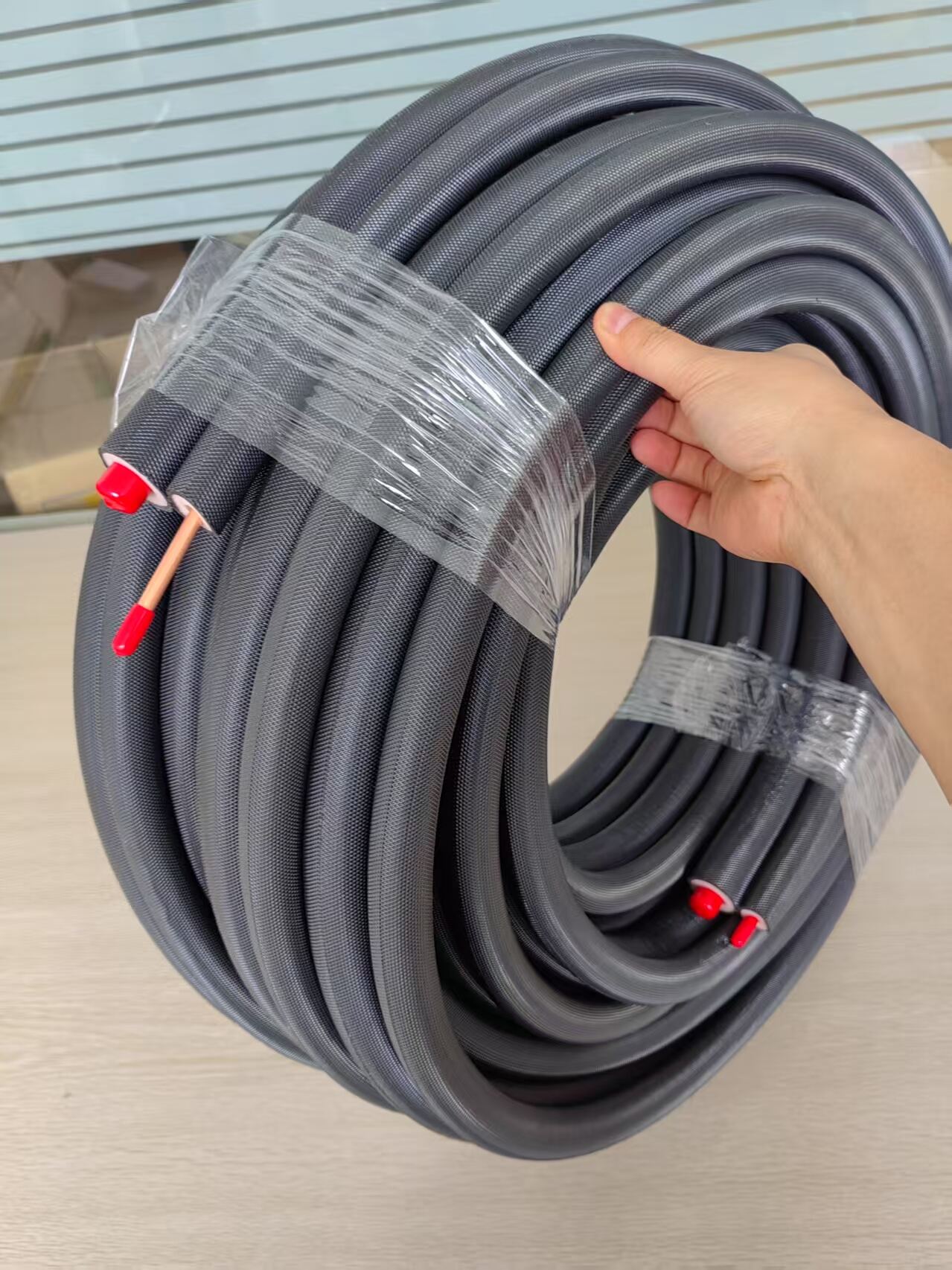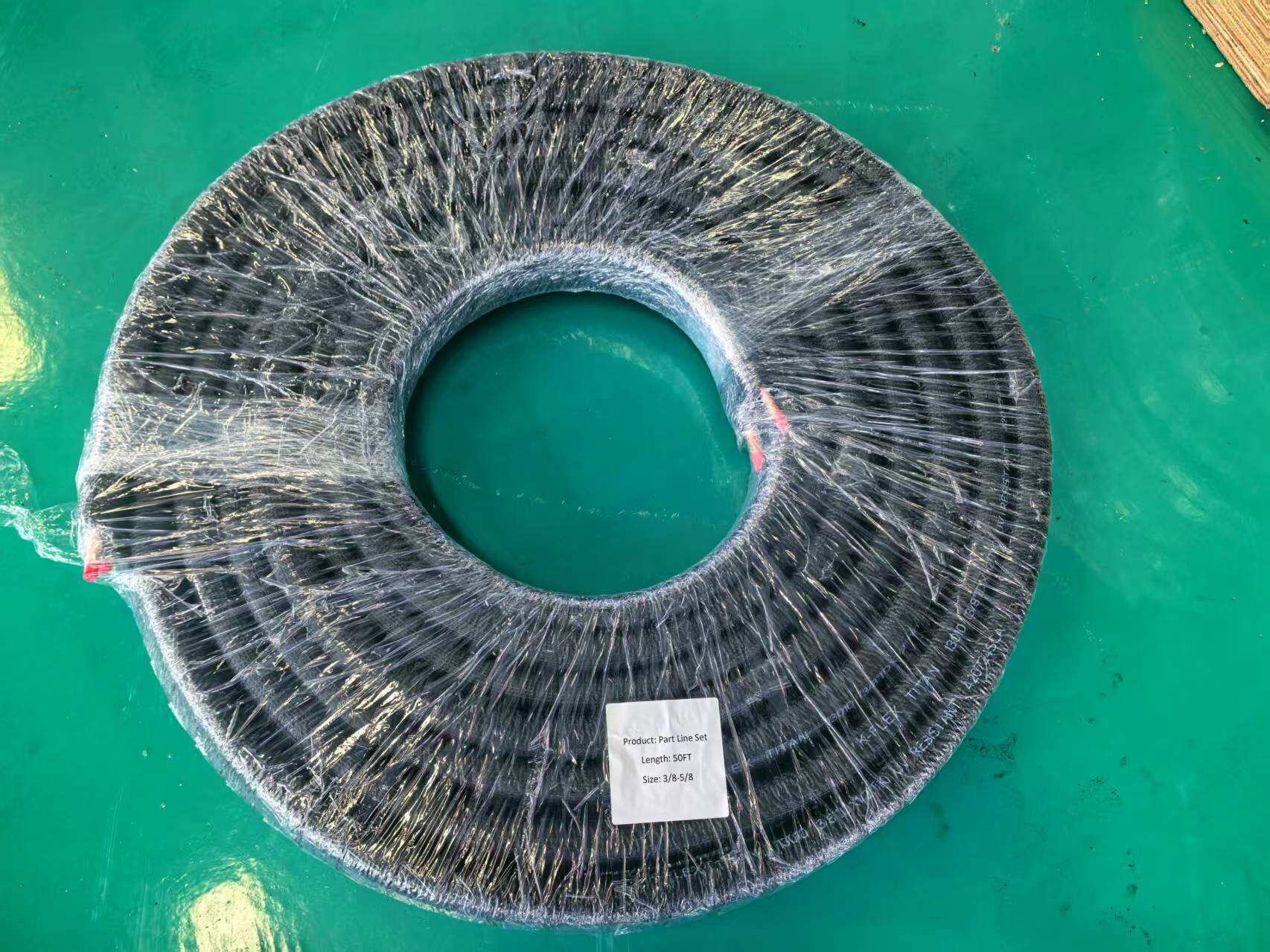Essential Guidelines for Optimal Cual Welded Pipe Installation
The successful implementation of cual welded pipes in any industrial or commercial system hinges on proper installation techniques. These high-performance pipes, known for their exceptional durability and reliability, require careful attention to detail during the installation process to ensure they deliver their full potential. When installed correctly, cual welded pipes provide superior performance in various applications, from process industries to building infrastructure.
Industry experts consistently emphasize that the longevity and efficiency of cual welded pipes depend significantly on installation practices. By following professional installation guidelines, contractors and engineers can maximize the pipes' operational life while minimizing maintenance requirements and potential system failures.
Pre-Installation Planning and Preparation
Site Assessment and Material Verification
Before beginning the installation of cual welded pipes, a thorough site assessment is crucial. This includes evaluating environmental conditions, understanding soil characteristics for underground installations, and confirming space requirements. The inspection of delivered cual welded pipes should verify specifications, checking for any manufacturing defects or transportation damage.
Material verification involves confirming pipe dimensions, wall thickness, and grade markings match project specifications. Documentation should be maintained for quality assurance and future reference. Temperature variations and expansion considerations must be factored into the planning phase to prevent stress-related issues during operation.
Tool and Equipment Requirements
Success in cual welded pipe installation depends heavily on using the right tools and equipment. Essential items include pipe cutters, welding equipment, alignment tools, and proper measuring devices. All tools must be calibrated and in excellent working condition to ensure precise cuts and connections.
Specialized equipment for handling cual welded pipes should be readily available, including appropriate lifting gear and support systems. Safety equipment and protective gear for installation personnel must meet current industry standards and regulations.
Proper Handling and Storage Protocols
Transportation and Movement Guidelines
Cual welded pipes require careful handling during transportation and on-site movement to prevent damage. Using appropriate lifting equipment and following manufacturer-recommended procedures helps maintain the integrity of the pipe coating and ends. Proper support spacing during transportation prevents pipe deformation.
When moving cual welded pipes on-site, workers should use roller supports or specialized handling equipment. Dragging or dropping pipes can cause serious damage to the pipe surface and affect long-term performance. Implementing a systematic approach to pipe movement reduces the risk of accidents and material damage.
Storage Best Practices
Proper storage of cual welded pipes is critical for maintaining their quality before installation. Pipes should be stored on level ground with adequate support to prevent deformation. Protection from direct sunlight and extreme weather conditions helps preserve coating integrity and prevent material degradation.
Organizing storage areas with proper identification systems ensures efficient access and reduces handling requirements. Regular inspection of stored pipes helps identify any developing issues before installation begins.

Installation Techniques and Procedures
Alignment and Support Systems
Precise alignment of cual welded pipes is fundamental for proper installation. Using laser alignment tools and professional-grade levels ensures accurate positioning. Support systems must be correctly spaced and rated for the specific pipe size and weight load.
Installation teams should pay special attention to thermal expansion requirements, incorporating appropriate expansion joints and support structures. Proper alignment reduces stress on joints and extends system lifespan.
Welding and Connection Methods
Welding cual welded pipes demands skilled professionals and adherence to specific procedures. Temperature control during welding, proper cleaning of joint areas, and selecting appropriate welding materials are crucial factors. Each weld should undergo inspection and testing to verify integrity.
Connection methods must follow engineering specifications and industry standards. Whether using welded joints or mechanical connections, proper technique and sequence are essential for system reliability.
Quality Control and Testing Procedures
Inspection Protocols
Implementing comprehensive inspection protocols throughout the installation of cual welded pipes ensures system integrity. Visual inspections should check for proper alignment, support placement, and joint quality. Advanced inspection techniques may include ultrasonic testing or radiographic examination of welds.
Documentation of inspection results provides valuable reference material for future maintenance and system modifications. Regular quality checks during installation help identify and address potential issues early.
System Testing Requirements
Pressure testing of cual welded pipe systems verifies installation quality and system integrity. Testing procedures must follow industry standards and project specifications. Proper documentation of test results provides crucial system validation.
Hydrostatic testing often serves as the primary method for verifying system integrity. Additional specialized tests may be required depending on the specific application and operating conditions.
Maintenance and Long-term Care
Preventive Maintenance Schedules
Establishing regular maintenance schedules for cual welded pipe systems helps ensure continued optimal performance. Inspection routines should include checking for signs of wear, corrosion, or stress. Proper documentation of maintenance activities aids in tracking system health and planning future updates.
Preventive maintenance programs should address both internal and external pipe conditions. Regular cleaning and coating inspection help maintain system efficiency and extend service life.
Monitoring and Documentation
Implementing effective monitoring systems helps track cual welded pipe performance over time. Regular data collection and analysis can identify potential issues before they become serious problems. Maintaining detailed records of system operations and maintenance activities supports long-term management decisions.
Modern monitoring technologies can provide real-time data on system performance, helping optimize operations and maintenance scheduling.
Frequently Asked Questions
What are the key factors affecting cual welded pipe performance?
The performance of cual welded pipes depends primarily on installation quality, operating conditions, and maintenance practices. Proper alignment, support systems, and welding techniques during installation are crucial. Regular inspection and maintenance, along with appropriate pressure and temperature management, ensure optimal long-term performance.
How often should cual welded pipe systems be inspected?
Professional inspection of cual welded pipe systems should occur at least annually, with more frequent inspections for critical applications or harsh operating environments. Regular visual inspections by maintenance personnel should be conducted monthly, checking for obvious signs of wear, damage, or potential issues.
What are the common signs of cual welded pipe installation problems?
Common indicators of installation issues include unusual vibrations, leaking joints, misalignment, and excessive noise during operation. Visual signs such as coating damage, corrosion, or irregular wear patterns may also indicate installation-related problems. Early detection and correction of these issues can prevent more serious system failures.




